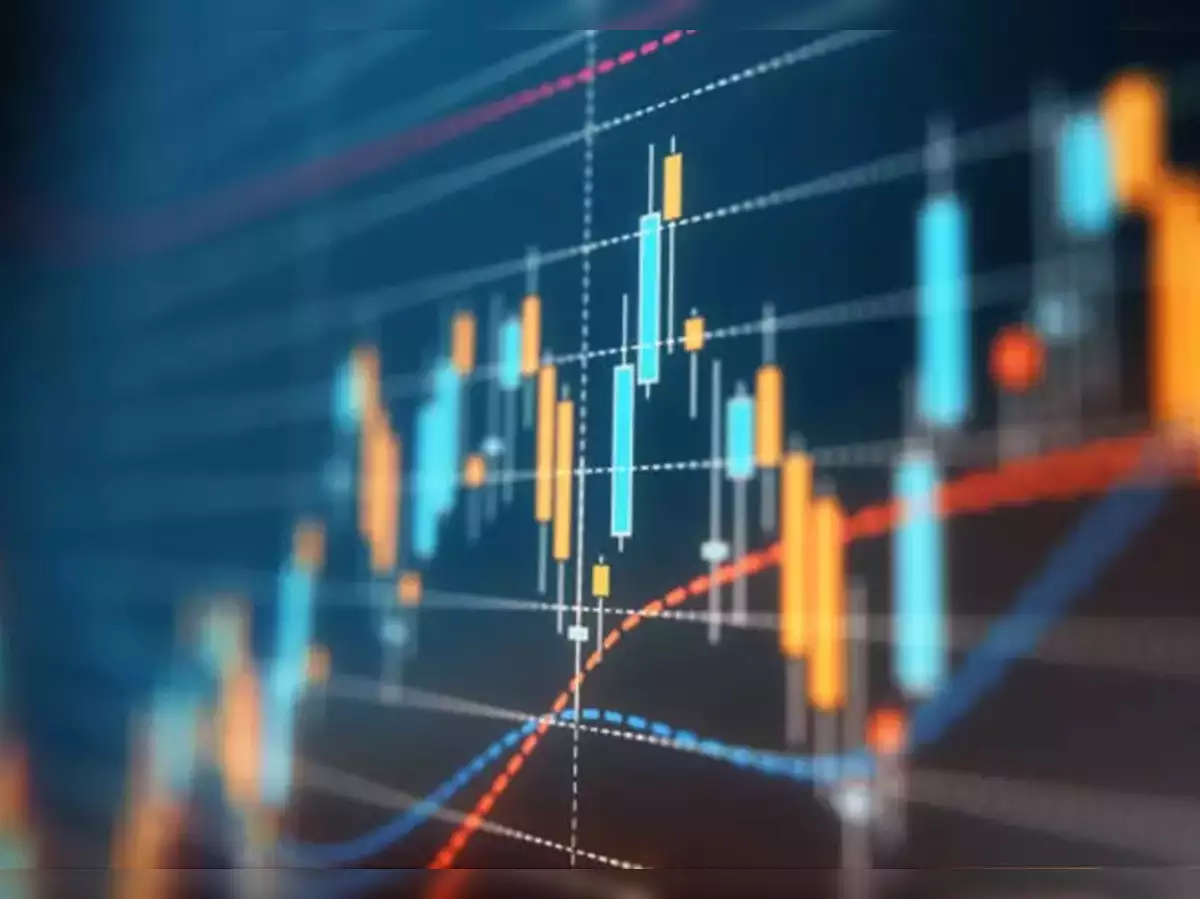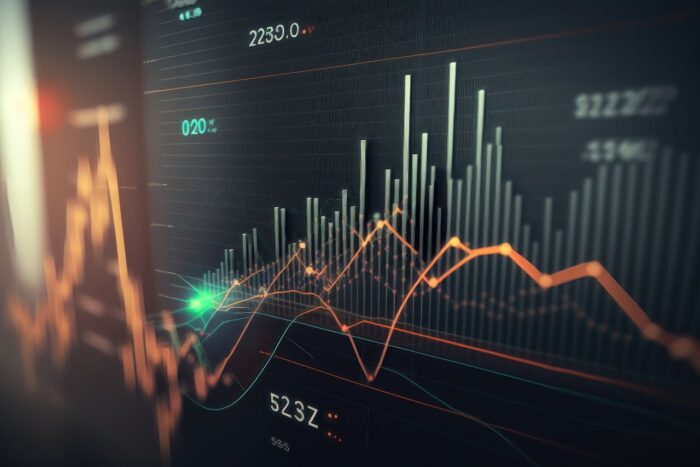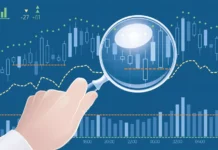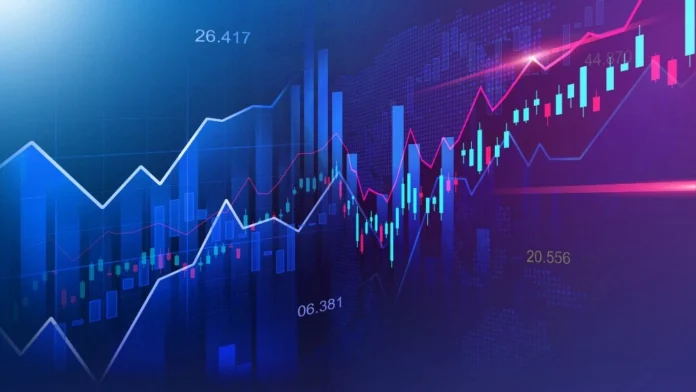
In the fast-paced world of finance, there are various terms we come across that are very important to navigating the stock market, and one such term is market movers. These are the big players or events that can have a big impact on stock prices. Understanding market movers is like a guide to steer the complex world of the stock market. To make it easier for you to understand the exciting world of investing and trading, let us further try to understand What Makes Stock Prices Change: Demystifying Market Movers.
Market movers are the main characters in the financial market. They can be companies doing really well, causing their stock prices to rise, or they can be bad news that makes stock prices drop. Market movers are like powerful chess pieces that can make surprising moves that change the whole game. Market movers aren’t just for experts; they are for everyone who wants to play the financial game wisely.
Keep reading to find out more about What Makes Stock Prices Change: Demystifying Market Movers & steer your way in the financial journey easily.
Foundational Forces of Market Influencers
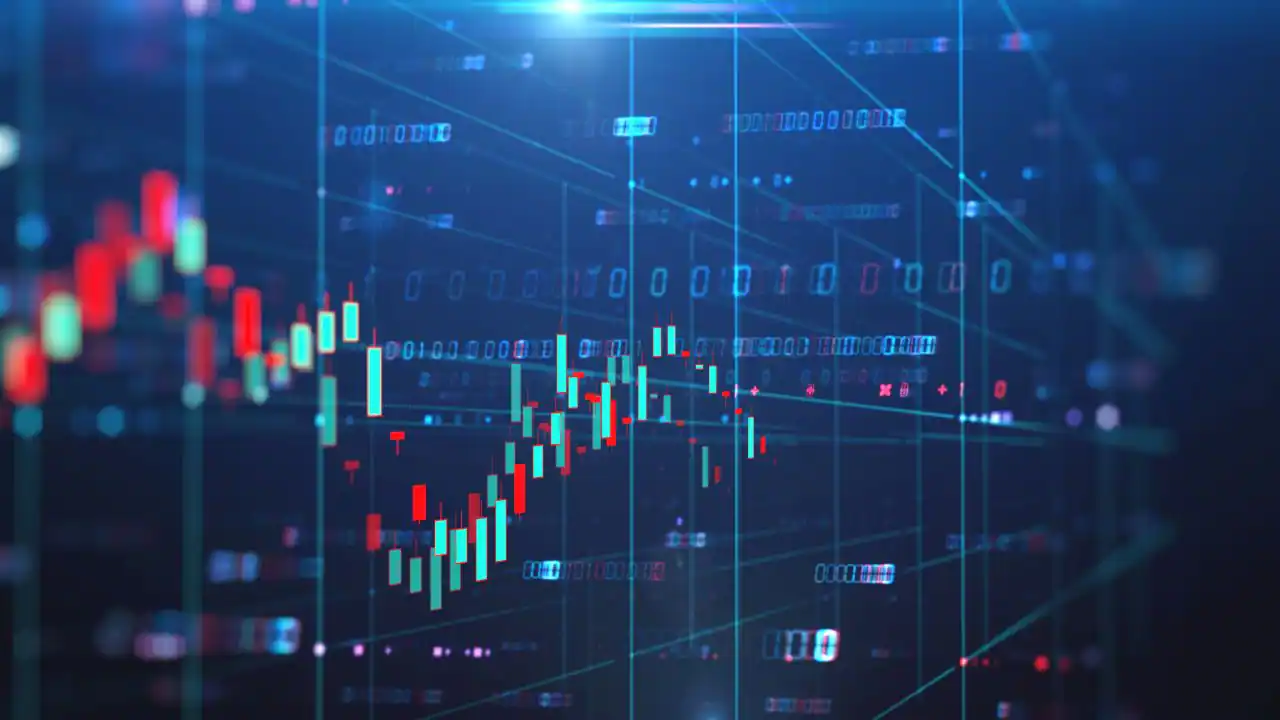
The main drivers behind stock market movers can be divided into three main categories, and they are:
- Economic Forces Driving Market Movements: Economic factors significantly impact the stock market. Interest rates play a crucial role. GDP growth is another key player; a growing economy typically means higher company sales and profits, favoring stock performance. Inflation’s effects are twofold: eroding corporate earnings and increasing demand for certain goods and services, which can boost both earnings and stock prices. Unemployment levels can either hinder or benefit the market, as high unemployment may reduce consumer spending, while low unemployment can stimulate consumer spending and corporate profits.
- Company-Specific Influences on Stock Market Dynamics: Company-specific factors are equally important. Earnings are a key driver; companies surpassing earnings expectations often see their stock prices rise, while those falling short tend to experience stock price declines. Revenue growth is another significant factor, as companies with expanding revenues are more likely to achieve strong earnings growth, attracting investor interest. Dividends, or payments to shareholders from company profits, are essential to some investors, particularly those seeking income from their investments.
- Additional Factors Impacting The Stock Market: In addition to the core drivers mentioned, other factors play a role in stock market movements. Investor sentiment, representing the overall mood of the stock market, can significantly affect stock prices. Bullish sentiment tends to sell and decline values. Geopolitical events, such as wars, natural disasters, and terrorist attacks, can introduce volatility and uncertainty into the markets, causing stock prices to fluctuate sharply.
Impact of External Factors on Stock Price Fluctuations
Apart from the fundamental economic and business drivers, external events possess the capacity to act as influential factors in shaping stock movements.
- Geopolitical Occurrences: Occurrences like political upheavals, international conflicts, or wars possess the potential to exert an impact on global markets, thereby instigating shifts in stock prices.
- Unforeseen Natural Events: Unpredictable events such as earthquakes, hurricanes, or pandemics can exert an influence on various industries and economies, thereby eliciting corresponding reactions in stock market dynamics.
- Central Bank Strategies: Policy decisions related to interest rates and monetary policies are of paramount importance as they hold the potential to affect the investment landscape significantly and consequently influence stock prices.
Psychological And Emotion-Driven Aspects
A variety of psychological and emotion-based factors significantly impact stock market dynamics, including:
- Greed and Fear: Greed and fear are among the most potent emotions guiding investor actions. During periods of greed, investors often embrace risk and acquire stocks, sometimes even when they are overpriced. Conversely, in times of fear, investors tend to offload stocks, even if they are undervalued.
- Overconfidence: Overconfident investors often engage in frequent trading and take on riskier positions. This behavior can introduce higher market volatility and result in asset mispricing.
- Herding Behaviour: Investors often succumb to herding behavior, where they follow the crowd even when it leads to irrational decisions. This collective action can trigger stock market bubbles and crashes.
Involvement of Large Scale Investors
Enormous trading volumes make large institutional investors capable of exerting substantial influence on the financial markets.
- Impact of Large-Scale Trades: Institutional investors wield substantial influence in the financial markets due to their ability to execute trades on a grand scale. When these investors buy or sell a significant number of shares in a company, it can have a noticeable impact on the stock’s price.
- Shaping Market Sentiment: Institutional investors are influential in shaping market trends. Their actions in buying and selling specific stocks or sectors can signal to other investors that there may be opportunities for growth or potential overvaluation. This can create a self-fulfilling prophecy with other investors following suit, ultimately impacting asset prices.
- Balancing Liquidity and Volatility: Institutional investors serve a vital role in financial markets by providing liquidity and contributing to fair asset pricing. However, their extensive trading activities and influence on market trends can also be a source of market volatility. Institutional investors can inadvertently contribute to market volatility by engaging in herding behavior. This behavior occurs when they follow the investment decisions of other institutional investors, even if they may not entirely agree with the rationale.
Wrapping Up
In conclusion, the world of market movers is vast, including real numbers, global events, and how people feel about investing. By understanding and keeping an eye on all these different things, investors can navigate the stock market with better foresight and confidence. With right knowledge, every investor can join in and create successful investment stories.

